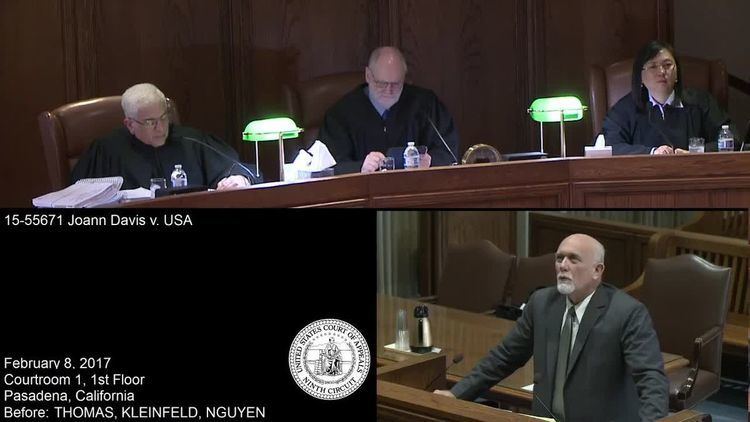 | ||
Qualified immunity is a doctrine in United States federal law that arises in cases brought against state officials under 42 U.S.C Section 1983 and against federal officials under Bivens v. Six Unknown Named Agents, 403 U.S. 388 (1971). Qualified immunity, when applicable, shields government officials from liability, unless their actions are found to violate an individual's federal constitutional rights. This grant of immunity is available to state or federal employees performing discretionary functions where their actions, even if later found to be unlawful, did not violate "clearly established law."
The defense of qualified immunity was created by the U.S. Supreme Court, replacing a court's inquiry into a defendant's subjective state of mind with an inquiry into the objective reasonableness of the contested action. A government agent's liability in a federal civil rights lawsuit now no longer depends upon whether the defendant acted with "malice," but on whether a hypothetical reasonable person in the defendant's position would have known that his or her actions violated clearly established law.
As outlined by the Supreme Court in Harlow v. Fitzgerald, 457 U.S. 800 (1982),[1] qualified immunity is designed to shield government officials from actions "insofar as their conduct does not violate clearly established statutory or constitutional rights of which a reasonable person would have known."
While Harlow did not involve a law enforcement officers' actions, the decision is significant because law enforcement officers are government officials who perform discretionary functions and may be protected by qualified immunity. This shield of immunity is an objective test designed to protect all but “the plainly incompetent or those who knowingly violate the law.” (Malley v. Briggs). Stated differently, officers are not liable for damages “as long as their actions reasonably could have been thought consistent with the rights they are alleged to have violated.” (Anderson v. Creighton).
In 2001, the US Supreme Court in Saucier v. Katz established a rigid order in which courts must decide the merits of a defendant's qualified immunity defense. First, the court determines whether the complaint states a constitutional violation. If so, the next sequential step is to determine whether the right at issue was clearly established at the time of the official's conduct. The Court subsequently overruled Saucier in Pearson v. Callahan, holding that the two-step procedure was no longer mandatory.
